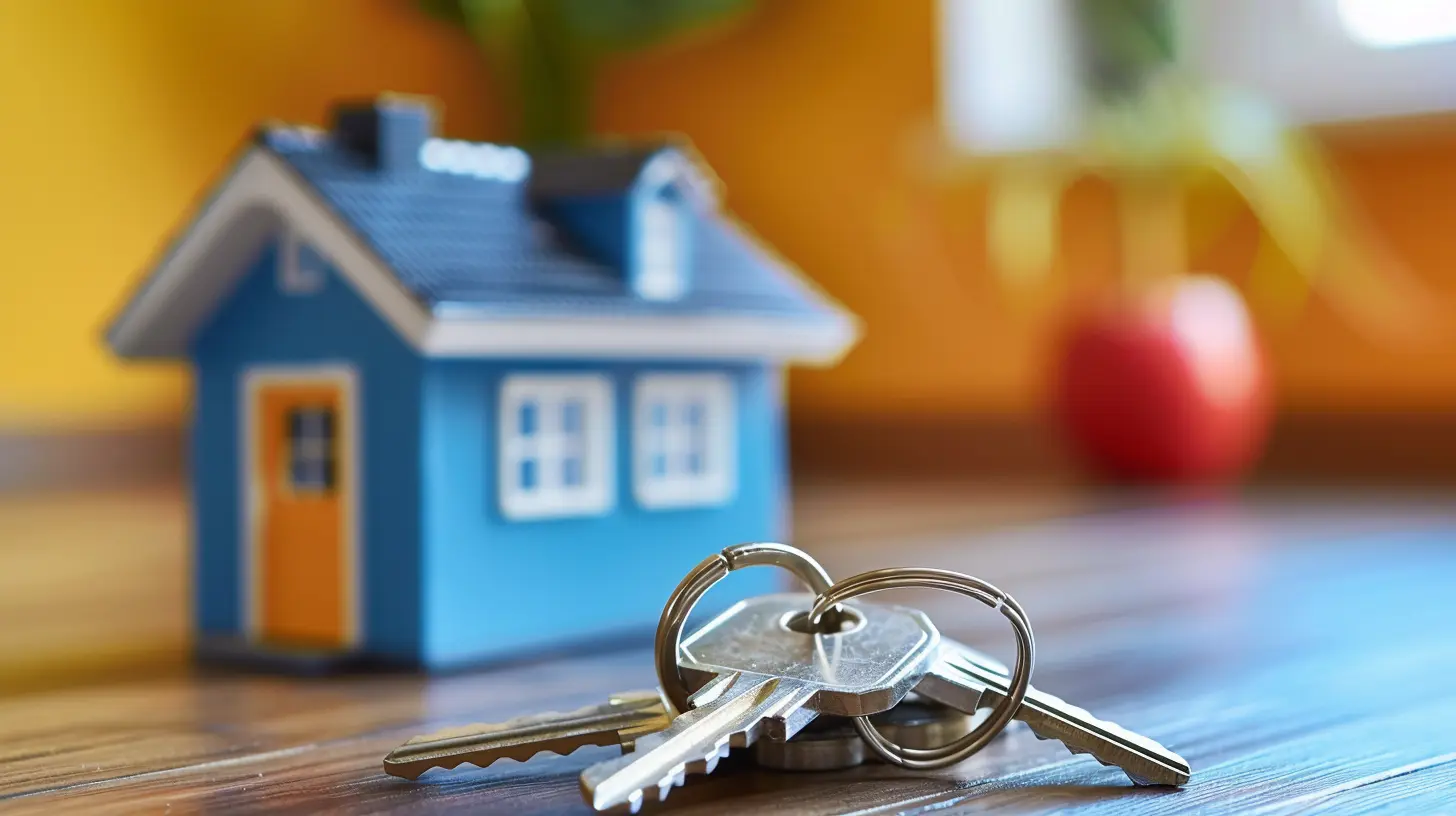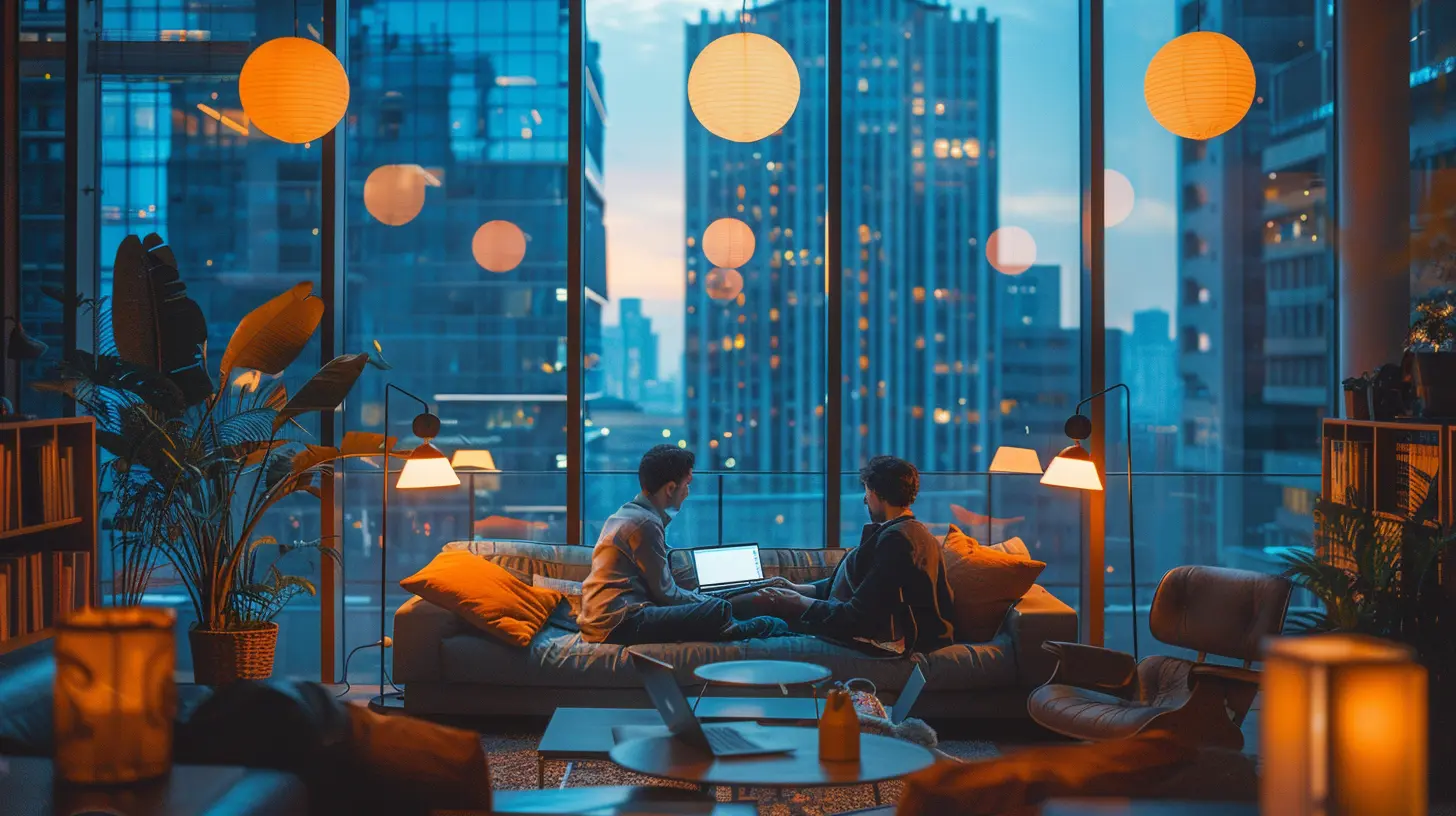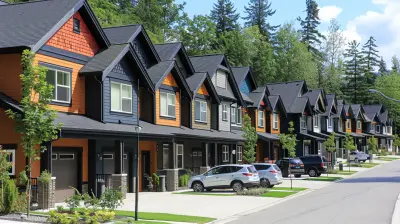Drafting a Lease Agreement for a Furnished Property
21 September 2025
Renting out a furnished property? Smart move! A well-furnished rental can attract high-value tenants and bring in better rent. But there's a catch—you need a solid lease agreement to protect yourself and your assets. Unlike an unfurnished rental, a furnished property comes with additional responsibilities, so your lease should cover every little detail.
In this guide, we’ll walk you through everything you need to draft a lease agreement that keeps you legally covered while ensuring a smooth rental experience.

Why a Lease Agreement Is Crucial for a Furnished Property
A lease agreement is more than just a piece of paper; it’s your security blanket. It lays down the rules and expectations for both you and your tenant. When dealing with a furnished rental, this contract becomes even more essential because it outlines how the furniture, appliances, and other items should be maintained.Think of it as a prenup for your rental—if things go south, you'll be glad you had everything in writing!

Key Elements of a Lease Agreement for a Furnished Property
Now, let’s dive into the must-have sections of your lease agreement.1. Basic Information of the Lease
Your lease agreement should start with the basic details, such as:- Landlord’s name and contact details
- Tenant’s name and contact details
- Property address
- Lease term (start and end date)
- Rent amount and due date
- Security deposit details
Think of this as the ID card of your lease—without it, the agreement has no identity.
2. Rent and Security Deposit Terms
Money talks, and so should your lease! Clearly state:- The monthly rent amount
- The payment method (bank transfer, check, cash, online portal)
- Late fees and grace periods
- Security deposit amount and conditions for refunds
Pro Tip: Since furnished rentals come with added value, your security deposit should be slightly higher than for an unfurnished unit.
3. Inventory List of Furnishings and Appliances
This is where you get to be extra detailed. Create a room-by-room inventory listing every piece of furniture, appliance, and decoration. Include:- Furniture (sofas, beds, dining tables, chairs)
- Appliances (TV, refrigerator, microwave, washer/dryer)
- Décor (rugs, curtains, lamps)
- Kitchen items (plates, cutlery, cookware)
Adding photos along with a signed acknowledgment from the tenant is a great way to avoid disputes later.
4. Tenant Responsibilities for Maintenance and Care
Your lease should set clear guidelines on how tenants should maintain everything. Some key points to include:- Proper use of furniture and appliances (e.g., No placing hot pans directly on wooden tables!)
- Cleaning expectations (especially for upholstery, carpets, and kitchen equipment)
- What to do in case of damages (who fixes what, and how the cost is covered)
5. Repairs and Damage Policy
Accidents happen, but who pays for what? Outline:- What qualifies as normal wear and tear (minor scuffs vs. serious damage)
- Who is responsible for minor repairs (e.g., changing light bulbs)
- How to report damage and who will handle repairs
A good rule of thumb: The tenant takes care of minor maintenance, but major repairs are the landlord’s responsibility (unless tenant negligence caused the damage).
6. Utility and Other Bills
Utilities may or may not be included in the rent. Specify:- Which utilities the tenant is responsible for (electricity, water, gas, internet, cable)
- If any utilities are included in the rent
- How bills should be paid and who to contact for issues
This avoids any “I didn’t know I had to pay for that!” moments with the tenant.
7. Rules for Subletting and Guests
A furnished rental attracts travelers and short-term guests, so make your stance on subletting crystal clear. State:- Whether subletting is allowed
- If guests are permitted and for how long
- Any restrictions on Airbnb-style rentals
Without this clause, you might find strangers living in your unit without even knowing it!
8. Move-Out Process and Cleaning Expectations
Moving out shouldn’t be a free-for-all. Lay down the ground rules:- How much notice the tenant should give before leaving
- The condition in which the property (and furniture) should be returned
- Any cleaning or deep-cleaning requirements
- How and when the security deposit will be refunded
A checklist can be helpful to ensure everything is returned in good shape.

Tips for Ensuring a Solid Lease Agreement
Creating a lease is easy. Creating a good lease? That takes some effort. Here are some expert tips:✅ Use Simple, Clear Language
Legal jargon can be confusing. Make sure your lease is written in plain, easy-to-understand terms.✅ Get Everything in Writing
Verbal agreements don’t hold up in court. If it’s important, put it in writing!✅ Have a Lawyer Review It
Even if you create your lease yourself, it’s a good idea to have a real estate attorney review it for any loopholes.✅ Update the Lease for New Tenants
Each tenant is different, and so are their needs. Modify your lease accordingly before handing the keys over.
Final Thoughts
A well-drafted lease agreement for a furnished property isn’t just a document—it’s your best defense against rental disputes and property damage. By covering all the essential details, you set clear expectations and ensure a stress-free renting experience for both you and your tenant.So, before handing over the keys, double-check your lease to make sure it protects you. After all, a little preparation now can save you a headache later!
all images in this post were generated using AI tools
Category:
Lease AgreementsAuthor:

Cynthia Wilkins
Discussion
rate this article
1 comments
Ulrich Lamb
Drafting a lease agreement for a furnished property requires attention to detail, particularly in delineating responsibilities for maintenance and damages. Clearly outlining furniture condition and inventory, along with specific terms regarding utilities and deposits, can prevent misunderstandings and ensure a smooth landlord-tenant relationship throughout the lease term.
September 22, 2025 at 12:32 PM

Cynthia Wilkins
Absolutely! Clear terms on maintenance, furniture condition, and deposits are essential for a successful landlord-tenant relationship. Thank you for highlighting these important points!


